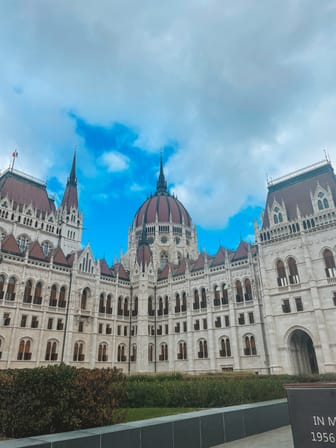Holy Trinity Statue
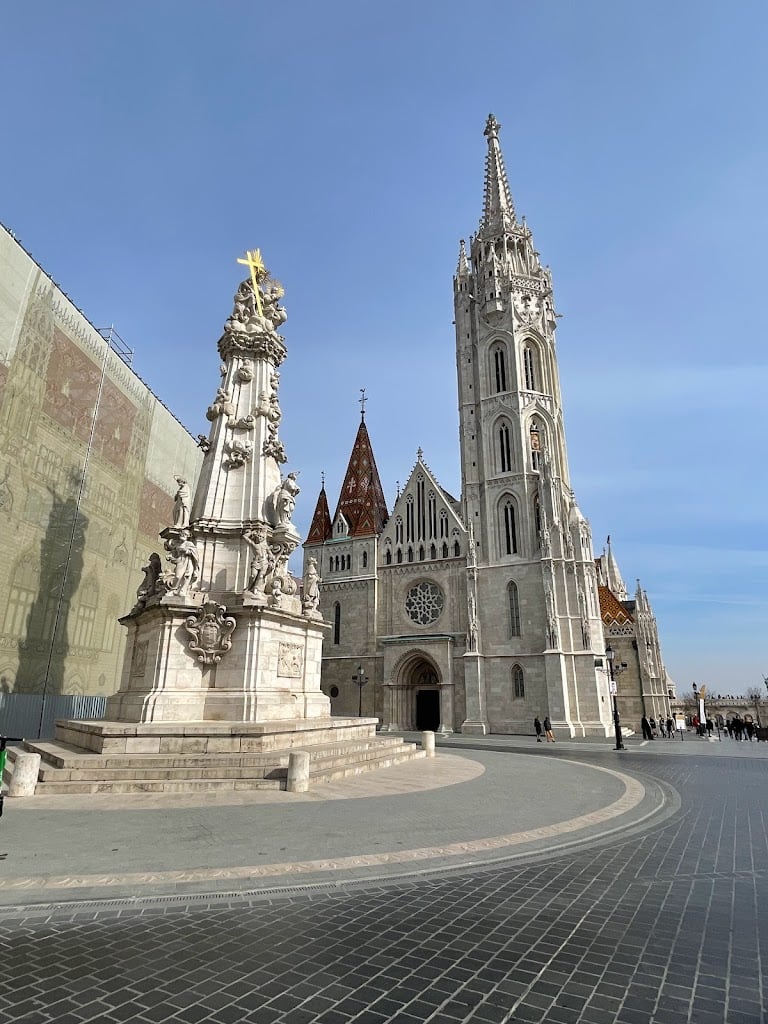
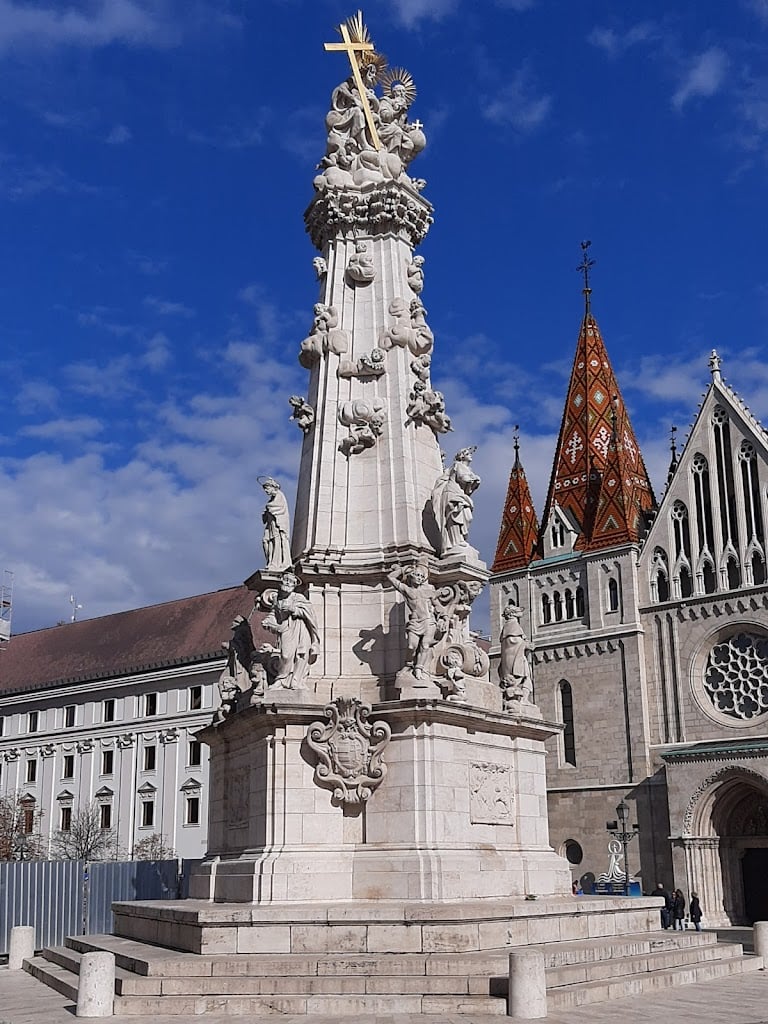
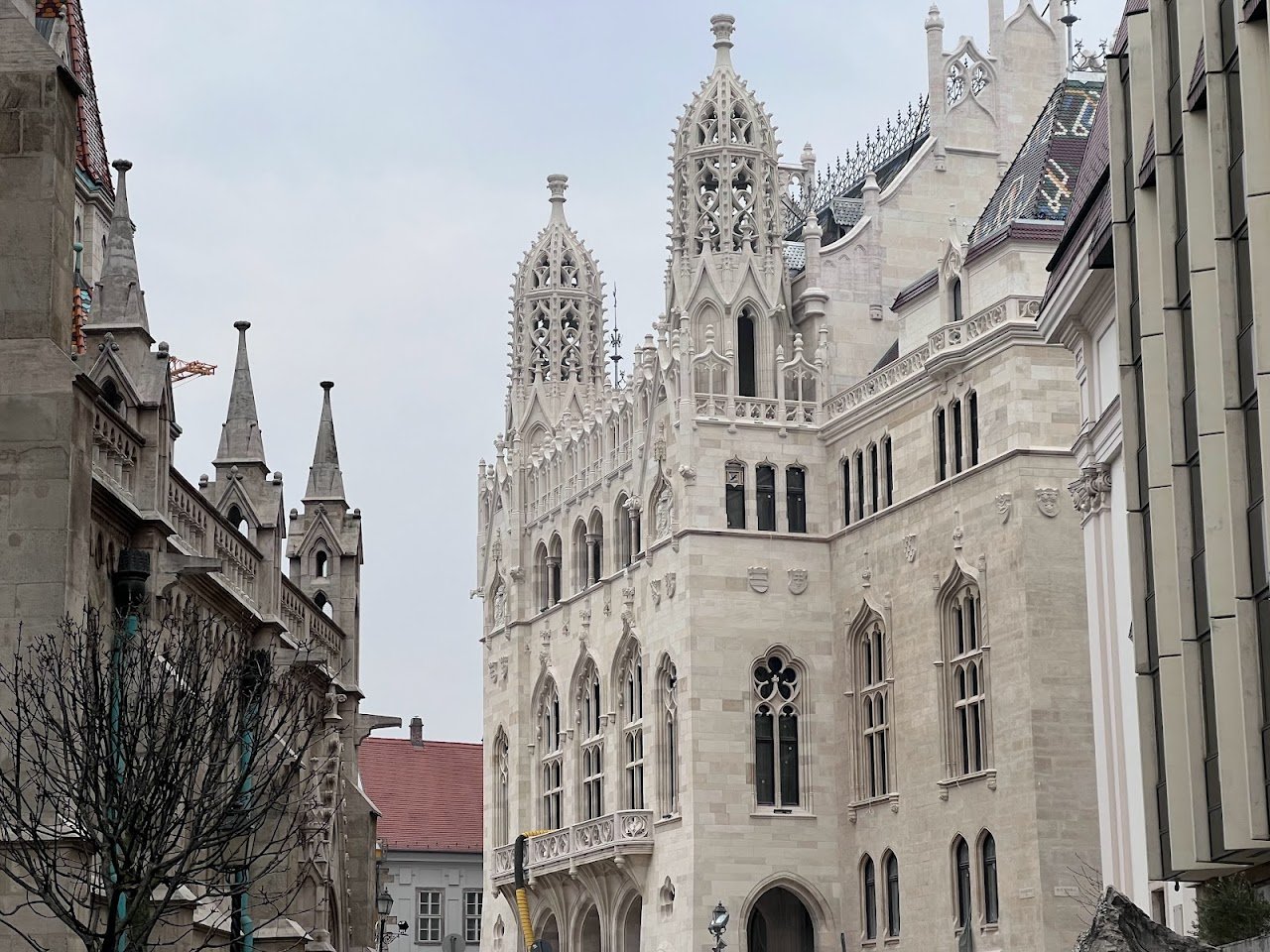
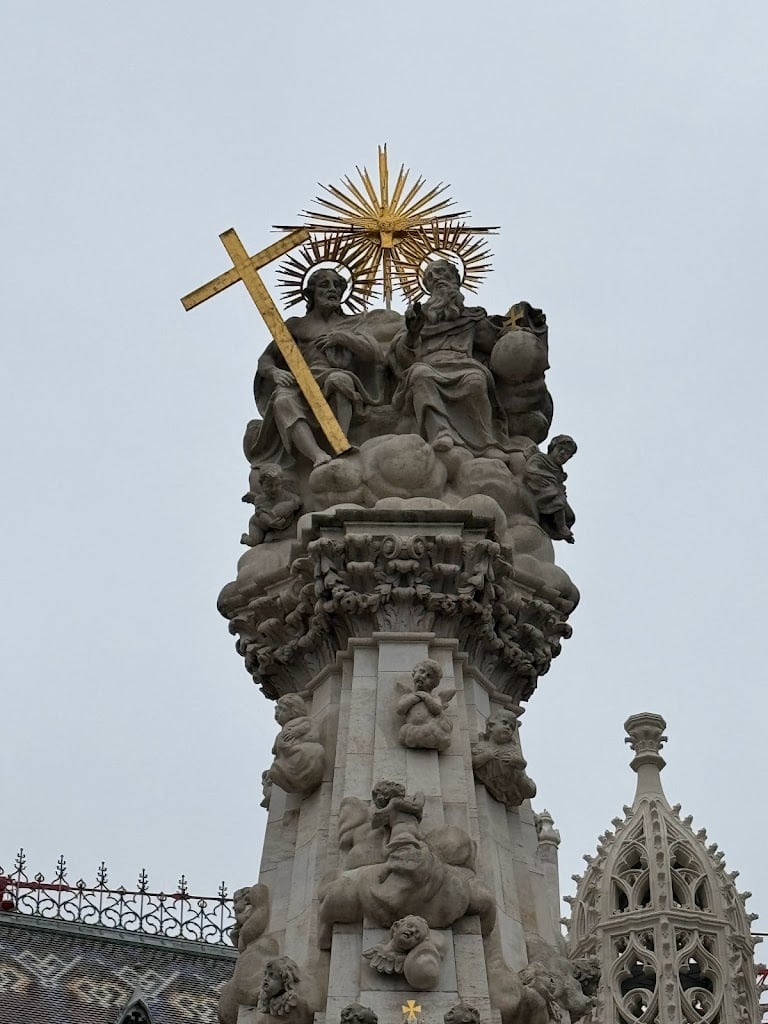
Ask ThatchGPT
Suggest a local expert to plan my trip
Suggest an unique itinerary for my Budapest trip
What foods do Budapest locals eat
What are some true hidden gems in Budapest
Help me brainstorm trip ideas for Budapest
Help me plan a family-friendly trip to Budapest
What people say
Pedro Pereira
Available for hire
"The Holy Trinity Column in Buda was erected as a symbol of gratitude for the cessation of the plague and as a means of protection against future outbreaks. The decision to build the column was made by the Council of Buda in 1694, and the foundation stone was laid in 1700. The initial statue, designed by architect Ceresola Vereio and sculptor Bernát Ferretti, was completed in 1706. However, following another epidemic in 1709, the original column was moved to Újlak and replaced with a larger and more decorative one.
The current Holy Trinity Column, completed in 1713 and inaugurated on June 11th, was crafted by Fülöp Ungleich. The reliefs and coats of arms were designed by Antal Hörger. The column is a prominent example of Baroque religious art and serves as a reminder of both the plague's impact and the city's resilience.
The hexagonal obelisk features several statues on its cornice, each representing saints associated with healing and protection. These include Saint Roch (showing his plague wounds), Saint John (holding a cross), Saint Christopher (carrying the Christ child), Saint Augustine (with a burning heart), Saint Joseph (holding a lily), and Saint Sebastian (with arrows piercing his body). Beneath the cornice are three reliefs depicting King David in prayer, the horrors of the plague in Buda Castle, and the column itself.
The column also includes three coats of arms: one for the Emperor, one for the town of Buda, and one for Hungary. Above the statues, three prominent figures appear: the Virgin Mary, John the Baptist, and Saint Francis Xavier. The upper part of the pedestal is adorned with angelic heads, and at the very top stands the Holy Trinity group: God the Father with a scepter, the Son holding a cross, and the Holy Spirit represented as a dove, symbolizing divine protection and grace."
Read more in:
Mentioned in these guides
About Holy Trinity Statue
Get the inside scoop on Holy Trinity Statue from local experts, travel creators, and tastemakers. Browse genuine trip notes, Holy Trinity Statue reviews, photos, travel guides, and itineraries from real travelers and plan your trip with confidence.
Save this spot for later or start mapping out a new trip today
Try our AI Travel Assistant and get instant answers to any questions about your trip.
Ask ThatchGPT
